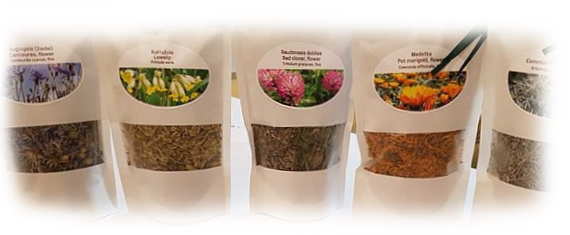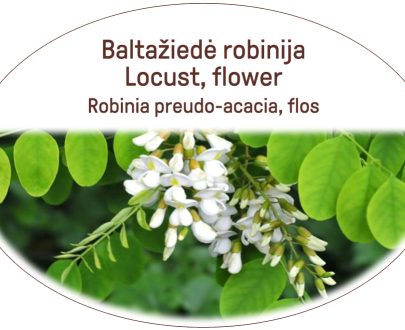Acorus calamus L came to Europe from China and India. It is a perennial, 50-100 cm. tall plant, often found on the banks of swamps, lakes, and rivers. When its sword-like leaves are rubbed, a specific smell spreads.
In the past, fragrant homemade bread was baked on Acorus calamus L leaves, and they were placed in closets and wardrobes to scare away insect pests. In Asian countries, Acorus calamus L rhizome powder is used as a spice.
Acorus calamus L is highly respected and widely used in all nations. It is one of the most popular medicinal plants in Indian, Chinese and Russian folk medicine.
In the East, Acorus calamus L is considered a plant of wisdom. More than one legend has been created about it.
Acorus calamus L clarifies, rejuvenates the mind, and also provides sexual energy. Chinese doctors wrote in their treatises: “the taste of Acorus calamus L root is burning, has a warming effect, because it affects the stomach and intestines, and gives men strength for the night and peace during the day”.
Indian scholars suggested treating bronchial asthma with an infusion of Acorus calamus L root – a little crushed dry Acorus calamus L root powder should be taken 5-6 times a day with water sweetened with honey.
Tibetan medicine suggests using Acorus calamus L root to treat all inflammations and diseases of the nervous system.
Acorus calamus L juice restores hearing, vision, memory, and eliminates stomach and intestinal disorders. It was most often drunk by aging men. Avicenna (980 – 1037), a Central Asian scientist, physician, and encyclopedist who wrote the canons of medicine, wrote: “Acorus calamus Ljuice increases lust, arouses passion, and cures old age. Namely old age, because there comes a time in a person’s life when almost everything and everywhere hurts. That’s when the time comes to be treated with Acorus calamus L.”
Active ingredients
Dried rhizomes contain 2.0 – 4.8% essential oil, glycoside acorine, starch, resins, up to 150 mg% ascorbic acid, tannins, minerals and other substances, leaves leaves essential oil, tannins, starch, up to 500 mg% ascorbine acid.The rhizomes contain up to 5% essential oil (azarone, pinene, borneol, camphor, azarylaldehyde, etc.), bitter (kalemen, acorone), tannins, vitamin C.
Healing properties
The plant is suggested for use against nervous disorders, loss of appetite, bronchitis, chest pain, colic, cramps, diarrhea, digestive disorders, flatulence, gas, indigestion, rheumatism.

The infusion can be used to wash purulent wounds, ulcers and bedsores. Rhizome decoction is used as an antiseptic, expectorant to treat pneumonia.









Customer reviews
Reviews
There are no reviews yet.
Write a customer review